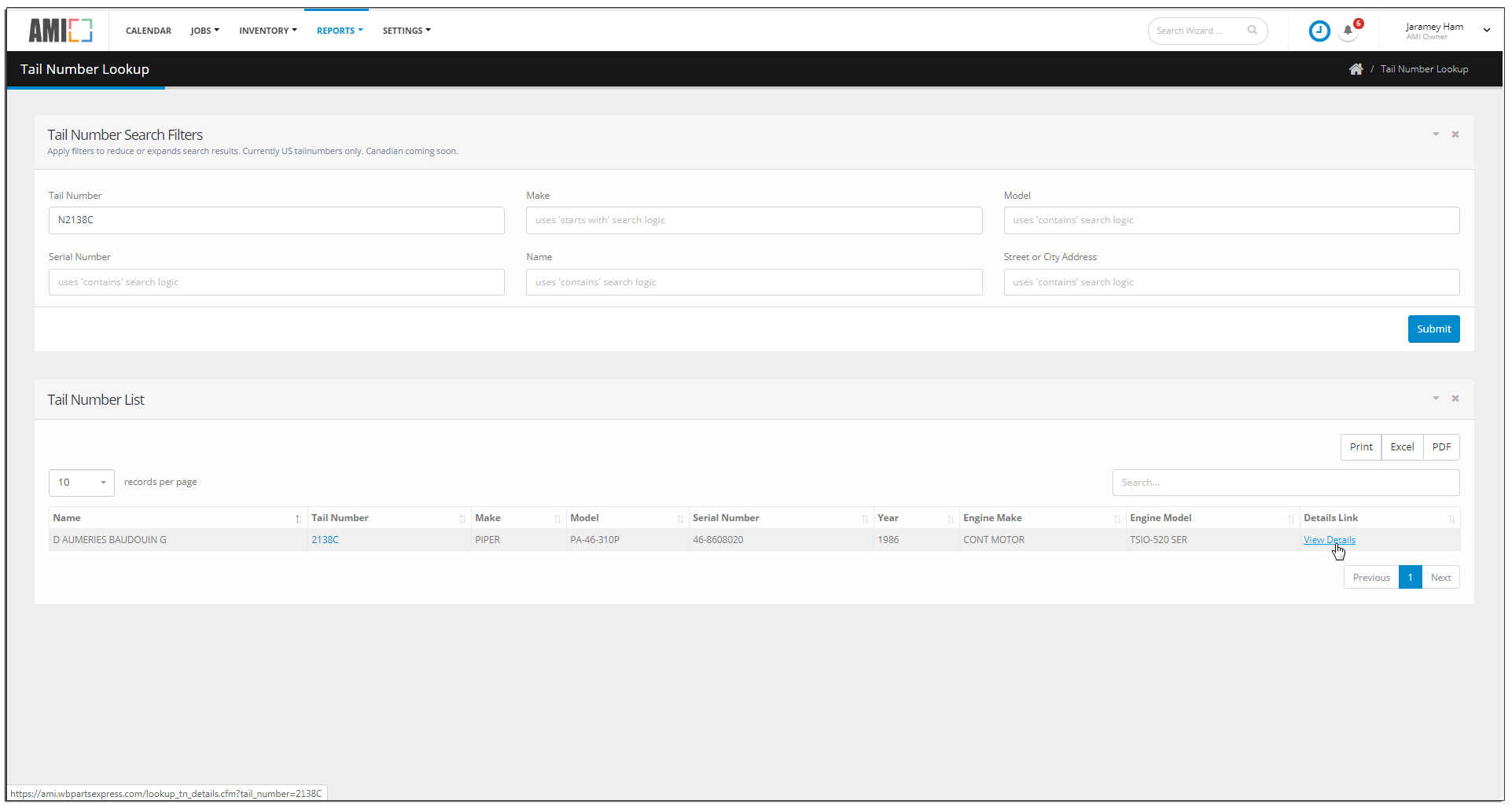

Cloud clearance minimums are 500 feet below, 1,000 feet above, and 2,000 feet horizontally.Minimum visibility requirements of 3 statute miles.Pilots operating in Class D airspace are bound by the following restrictions: This listing will also advise what class the airspace and surface area revert to when the tower is not in operation. Check the chart supplement for the airport listing which will state that it is a part-time Class D airfield. When the tower is non-operational, the Class D space reverts to a Class E surface area or to Class G airspace.

In this case, when the tower is operational, the airspace is considered Class D and must be treated as such. Sometimes Class D airspace surrounds an airport that has a part-time tower. For example, in this case, a ceiling of -25 means that Class D airspace stops at 2,499 feet and a new class starts at 2,500 feet. The ceiling number on the chart will be preceded by a “- ” indicating that Class D extends to but does not include the ceiling number.

If Class D airspace is located below a higher class of airspace (A, B, or C) Usually the airspace above Class D is the Class E transition area. If there is no higher class of airspace above it, Class D airspace extends through its published ceiling, so in this example, 2,500 feet would be considered Class D airspace. Class D airspace is most often found starting at the surface and extending up to and including 2,500 feet within a radius of 5 statute miles from the primary airport. The upper limit of Class D airspace is relayed in increments of 100 feet above sea level and is displayed in a dashed blue box.įor example, an elevation of 2,500 feet above sea level would read as 25 MSL. It is indicated on charts with a dashed blue line. This category of airspace always begins at ground level.
#ATC COMMUNICATIONS TAIL NUMBER HOW TO#
How to know where Class D airspace is locatedĬlass D airspace is typically found surrounding small airports that have a control tower but do not offer radar services. Note: While an operating control tower usually is indicative of at least a Class D airspace, there are a few airports with operating control towers that are not considered Class D because they do not provide weather reporting services. The difference with Class D airspace as opposed to Class B or Class C airspace is that the primary airport in Class D has a control tower and provides weather reporting but does not provide radar services. The configuration of each Class D airspace area is individually tailored and when instrument procedures are published, the airspace will normally be designed to contain the procedures.” The FAA defines Class D airspace saying, “Generally Class D airspace extends upward from the surface to 2,500 feet above the airport elevation (charted in MSL) surrounding those airports that have an operational control tower. What is Class D airspace?Ĭlass D or Class Delta airspace is one of the six classes of controlled airspace. Once you have learned those key points and practiced what to say and listen for on the radio, you will be well on your way to a smooth flight within Class D airspace. To prepare for flying in Class D airspace, simply learn what Class D airspace is, where it is located, what the operational requirements and restrictions are, and how to get approval to enter.

Requirements for flying in a Class D airspace are relatively minor and obtaining approval to enter is also very simple once you know what to do. This type of airspace is one that most general aviation pilots will encounter and need to be well-versed in. As a pilot flying out of a smaller airport just big enough to have a control tower, you will quickly become familiar with Class D airspace.


 0 kommentar(er)
0 kommentar(er)
